- About
-
Discover
City Guides, Tour Guides, Insider's Guides
-
Experience
Book your next trip
-
Lab
Book the digital Experiences
-
Hidden Gems
Hotels. Restaurants, Bars
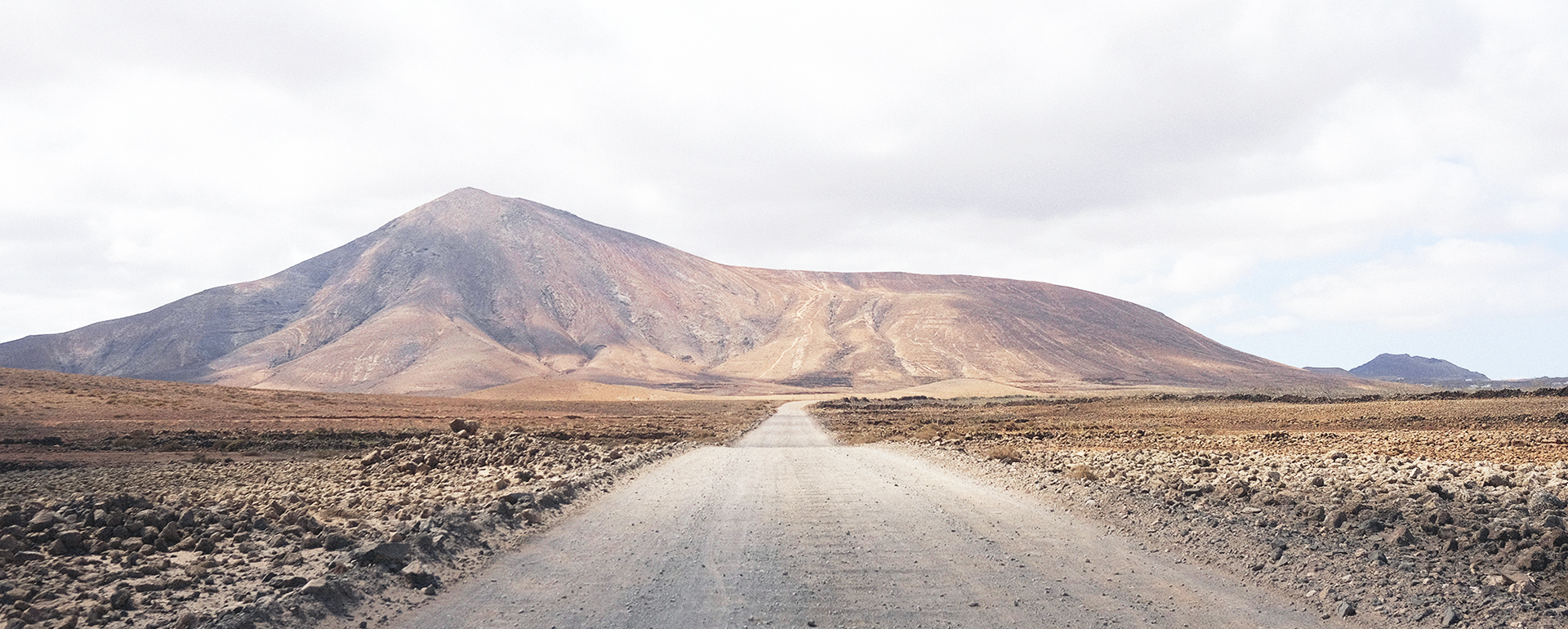
Editor: Elisa Carassai
Photographer: Alessandro Vullo
Giant windswept dunes, quiet fishing villages, lush aloe vera cultivations, and lots and lots of surfers: Welcome to Fuerteventura!
Fuerteventura is the second largest of the Spanish Canary Islands in the Atlantic. Not far from the coast of Africa, it’s a true desert island—in the sandy sense of the word—with vast dunes and over 150km of delicious beach. A reliable destination for pasty Northern Europeans to top up their vitamin D levels during the winter. Much quieter than its sister islands, resorts here are modest and family-friendly. The landscape is barren and windswept, although a bit softer and less geologically weird than its neighbour Lanzarote. Be ready to enjoy the sea and the sand, living bare feet in a minimal yet edgy villa while doing yoga, surfing and embracing the slow living life.
Our tour starts in Corralejo, a relaxed resort town in the north about 40 minutes drive from the airport. At its centre is a small old harbour town, with accommodation spreading out along some of the best beaches on the island. It’s also the watersports capital, with many of the surfing outfits based here. Tourist tat and tacky bars are mainly confined to one strip.
There are a few beaches in the area near Corralejo worth checking out, although for space and spectacle one should head south to the 10km Playa Grande backed by sand dunes, which is part of the Parque Natural de las Dunas de Corralejo. Who needs the Sahara when you have 11km of dunes right by the sea?
The best restaurants in Corralejo? Tanta Luna, El Rincon, La Marcellina: great city hotspots where curated tapas meet high-quality wines in a contemporary yet classic Canarian setting.
If you’re looking to take a day trip, then you should definitely pay a visit to Isla de Lobos, a tiny volcanic island just off the coast at Corralejo. Lobos is a protected ecological zone so visitors are contained to walking trails. The only settlement is at El Puertito De Los Molinos, a few simple cottages and a restaurant with one item on the menu: fried parrot fish with potatoes and red pepper sauce. The water is astounding turquoise here. Lobos is just big enough to nip over on the ferry, read about the flora and fauna, walk a circuit of the island, eat a fish, have a swim, head back. Rent a catamaran for a daily excursion, snorkeling is fantastic and dolphins will be your perfect company.
Not much known instead is Playa de Jarugo. Usually frequented by those who live near Tindaya, it is very unique and is also known as Playa de la Mujer because of how the shape of the cliffs highlights the profile of a woman. We suggest taking shelter on the left and experiencing the natural waterfalls when the waves break along the rocks.
On the Eastern coast near Puerto del Rosario, you’ll also find Playa Blanca, a lovely, tranquil beach characterized by white sands and clear waters.
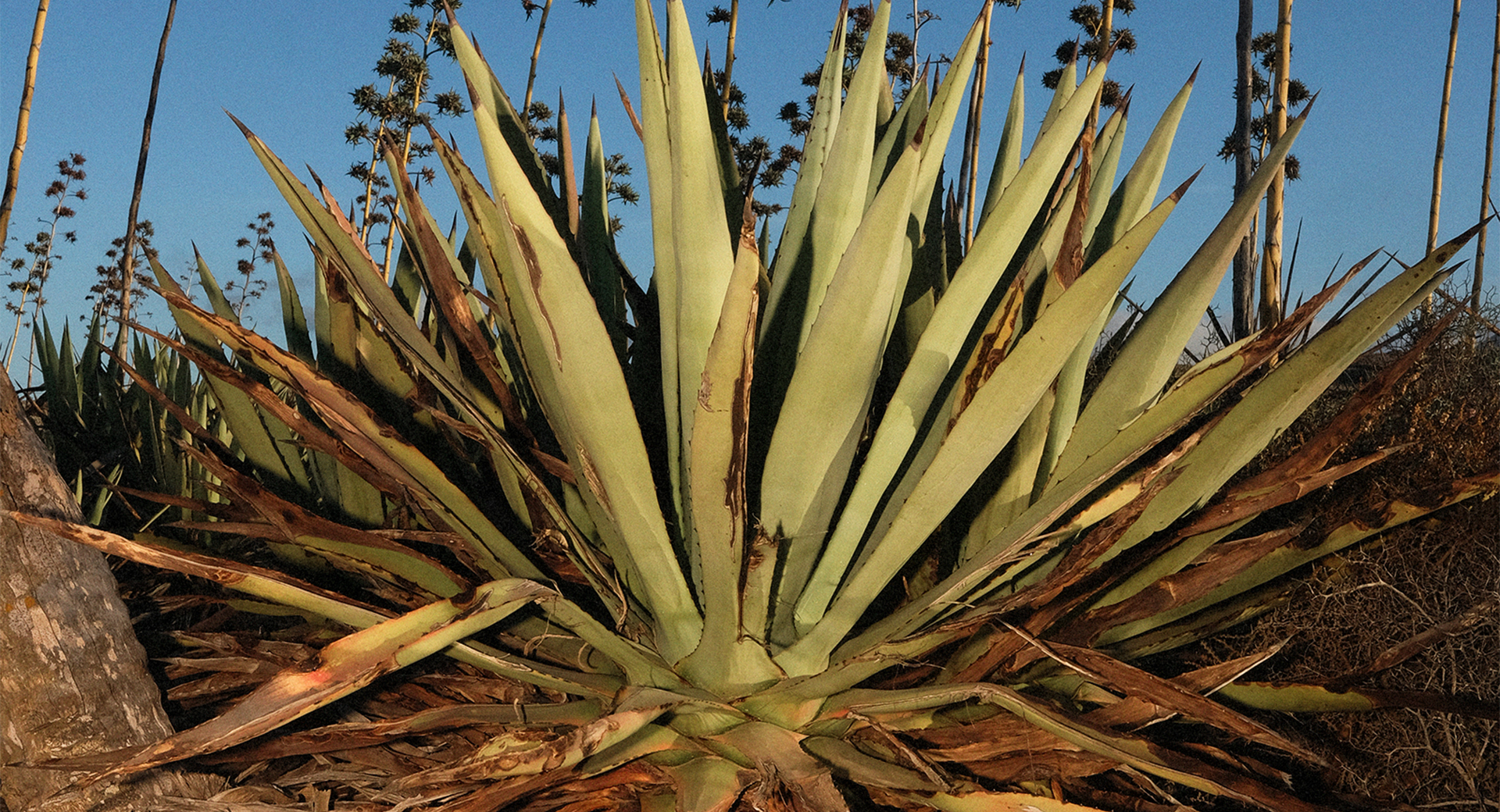
Near Corralejo, you’ll also find El Cotillo, a quiet fishing village on the west coast with an offbeat feel. Much smaller than Corralejo, it can feel like the edge of the world when the wind is howling.
Restaurants in the Cotillo area range from beachside hangs specialising in a seafood-based menu, like La Vaca Azul, Pintxo, Azzurro and Bar Torino, to instead tiny tapas bars like Olivo Corso.
Cotillo in respect to Corralejo is known for its range of beautiful bays. A beautiful beach in the area of Cotillo is La Concha. Characterised by a beautiful sheltered bay with white sand and turquoise waters it is definitely worth spending a day lounging beachside at this wild hang. Looking to join in some kitesurfing? Then head to Playa Los Charcos, for some wild fun. In the area, you’ll also find Playa del Águila, which is surrounded by steep cliffs that give it a dreamlike character.
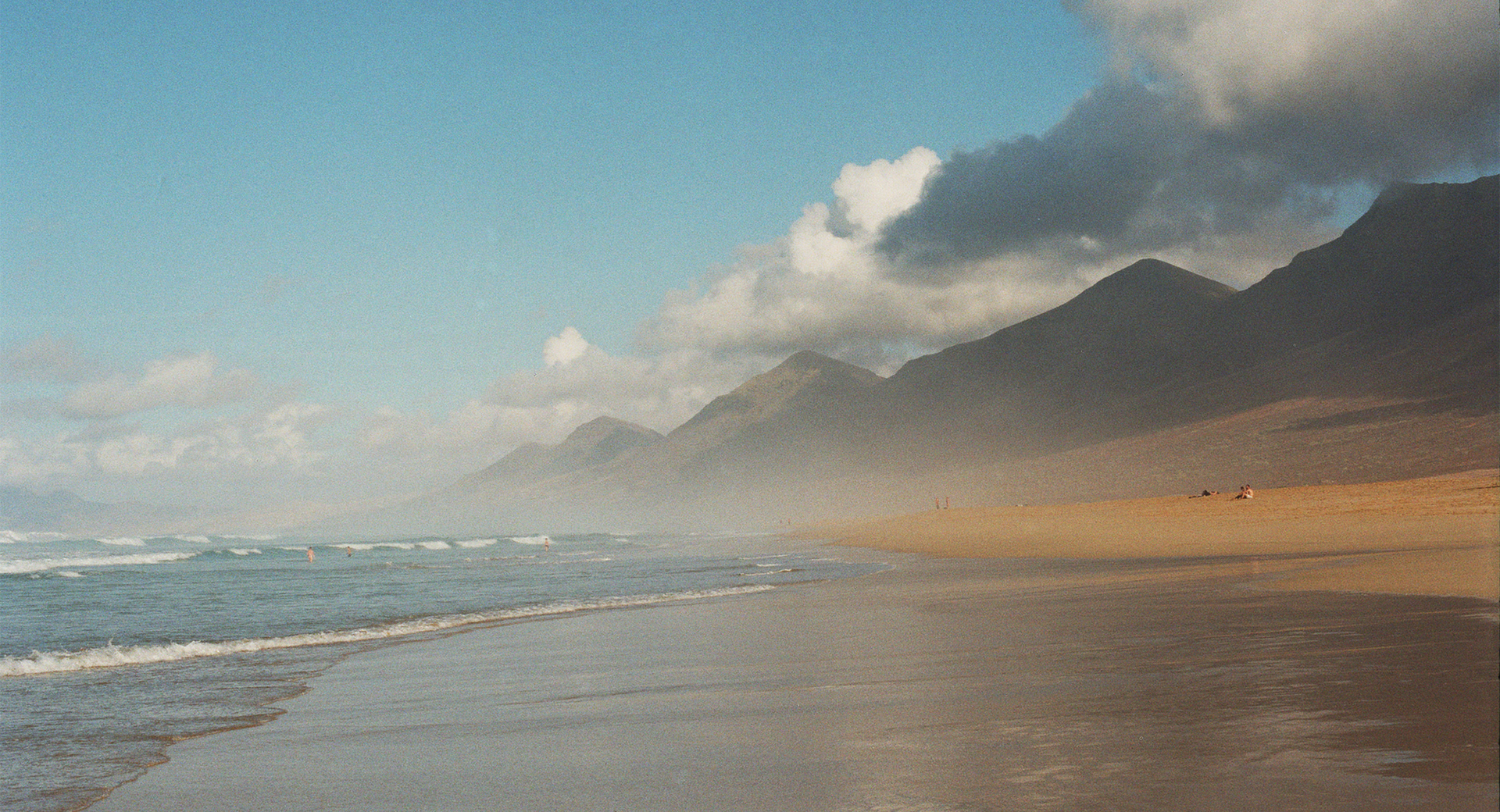
What should one visit? A place to visit is definitely the first capital of Fuerteventura, Betancuria. Betancuria has a refreshingly different character from the seaside resorts and is the best place to get a taste of Canarian history and culture. Located inland to protect from invaders and still sporting some traditional architecture, as well as a few interesting museums, the first convent on the island (now abandoned), and some green things that aren’t aloe vera for a change, Betancuria is now a prime day trip destination. The little archaeological museum gives a clue as to why it is so little on the island: goats. It wasn’t always so. Known in classical times as the Fortunate Isles, Fuerteventura was once green and fertile, but goats and logging resulted in desertification and the island went into decline until the tourism boom in the 1970s. In Betancuria, one should definitely stop at Casa de Santa María, a restored 17th-century house, which has lovely gardens, a great restaurant, and demonstrations of traditional textiles. There’s cheese-tasting available at nearby Finca Pepe, a working farm.
Betancuria is also located inside a natural park, called Parque Rural de Betancuria. This natural area protects the western coastal range of Fuerteventura making it one of the most spectacular outcrops on the island with its moutain (El Macizio de Betancuria) and very particular flora and fauna dotting the environment.
Fuerteventura is synonymous with endless beaches of fine golden sand. However, its western coast, of more impetuous wave motion, hides unmissable treasures to visit if you love contrasts. Aguas Verdes, in Betancuria, is one of them and perfectly sums up the wide range of uncontaminated natural pools of the Canary Islands. Six kilometres splashed by pools and coves open to the sea are worth a visit if your priorities are relaxation and isolation away from human footprints.
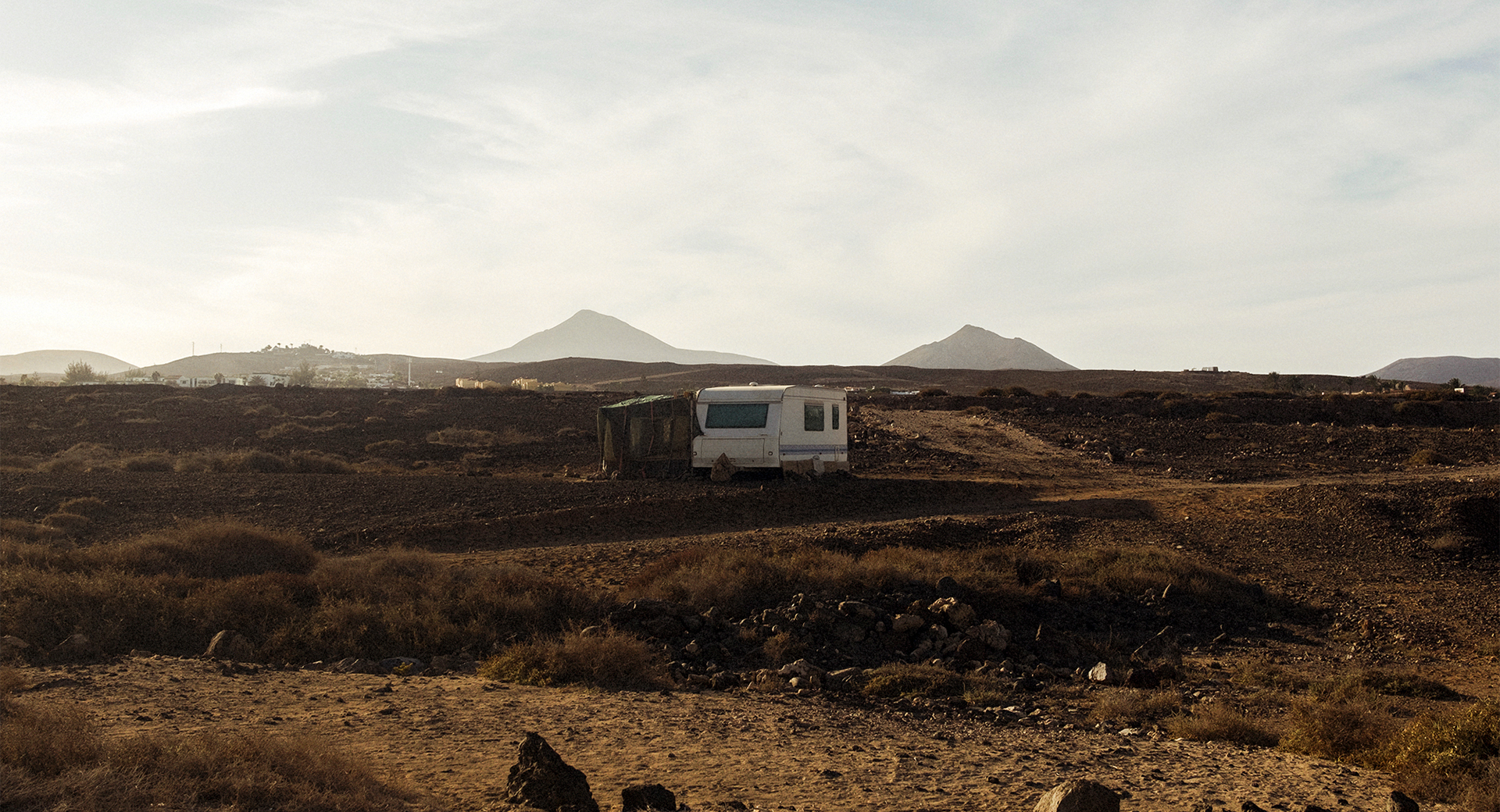
Central to the island are the new developments of boutique accommodations. The most interesting options are inland, in the triangle formed by the small villages of Lajares, Villaverde, and La Oliva. One in particular called Casa Triangolo, is the number one villa we’d recommend staying at. Based near Lajares, it is a minimalist’s daydream with a pool, and can be booked on airbnb or through their website. Thanks to their cheap prices and prime location with the coast accessible in three directions, these villages have become a popular base for surfers and a quietly bohemian vibe is flourishing. Lajares is vibrant and cool, also fantastic for breakfast, lunch and aperitivo. Aguakiki with its surfers style, L’Arco for a quick yet yummy stop or Alberta with its homemade takeaway Italian dishes are all great places. You can choose: stop for a chill bite or pick up a sandwich before heading back to the back for a surfing session. La Paneteca is instead a fantastic vegan-friendly artisanal bakery specialising in the best sourdough bread and sweet treats on the island. Don’t leave without having tried one of their magical buns! Villaverde instead offers a series of great spots for dinner: La Villa, Casa Marcos, Casa Maho, El Moral are all great places offering traditional Mediterranean cuisine, as well as Spanish of course, in especially romantic settings.
An unmissable hike near Lajares? A visit to the volcano of the area, the Calderon Hondo. If we go towards Lajares from Corralejo, looking to the right we can see a beautiful series of aligned volcanoes, among them, is the Calderon Hondo. Climbing to the top is a unique experience, suitable for everyone. These volcanoes emerged about 50,000 years ago, they increased the surface area of Fuerteventura and created the island of Lobos, and the Calderon Hondo is one of the best-preserved.
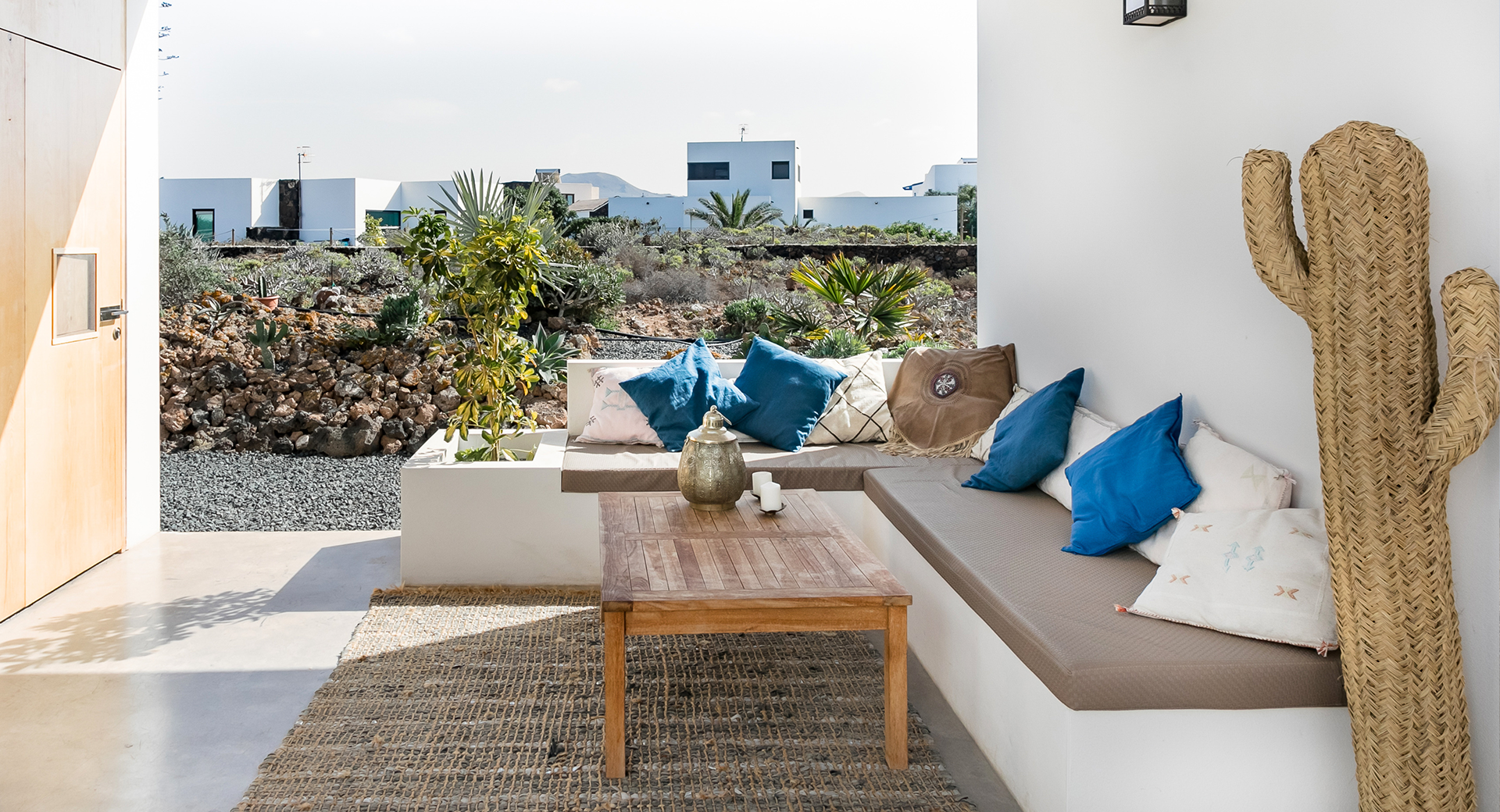
Costa Calma is a quiet area located in the south of Fuerteventura and is generally chosen by middle-aged tourists, families and couples who are looking for simplicity and peace. The place was practically built from nothing around 1970, and it quickly became a popular tourist destination.
At a short distance from Costa Calma heading south is the beach of Sotavento, one of the most beautiful of Fuerteventura. During low tide, the island gains so much ground that some people may think that Fuerteventura is the largest of the Canary Islands. The huge lagoons that form during low tide, the constant sun and the golden sand make it worthy of another synonym: paradise. But to take endless walks next to its clear waters, there is no need to wait for low tide. In addition, a sand barrier 100 and 300 meters away from the shore creates a lagoon three kilometres long, perfect for lovers of windsurfing or kitesurfing, so that the beach is full of people who practice these sports and there are schools and rentals. In addition, windsurfing championships are held here every year in July.
For a touch of wilderness instead, head south to the 12km beach Cofete on Fuerteventura’s west coast. It’s backed by the Jandia mountains and accessible only by a dirt track. With strong winds and currents it’s not suitable for children or swimming, but worth it if you like to get off the beaten track.